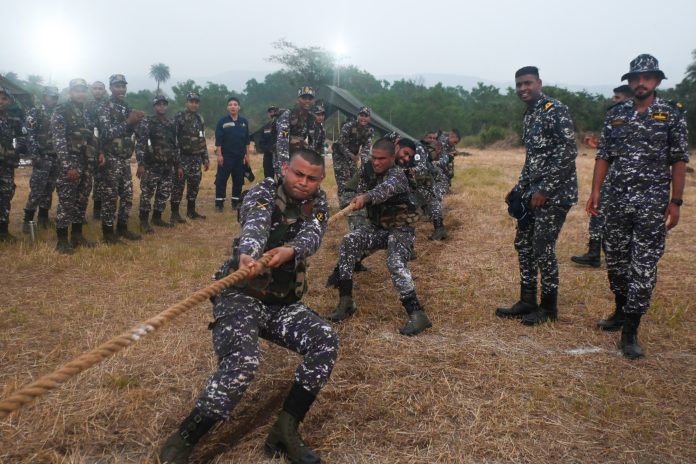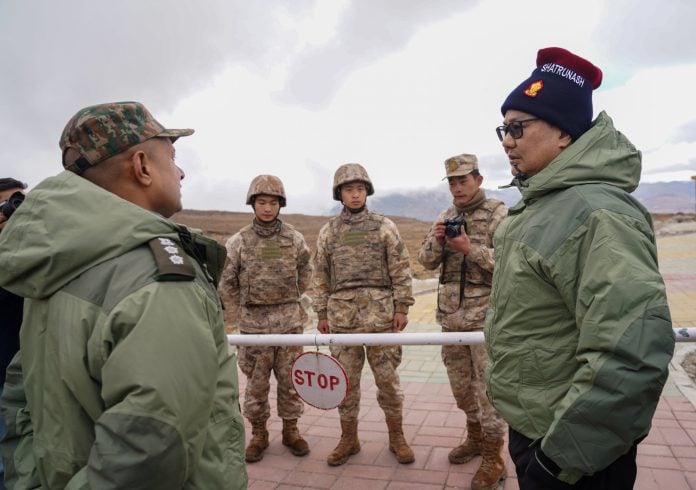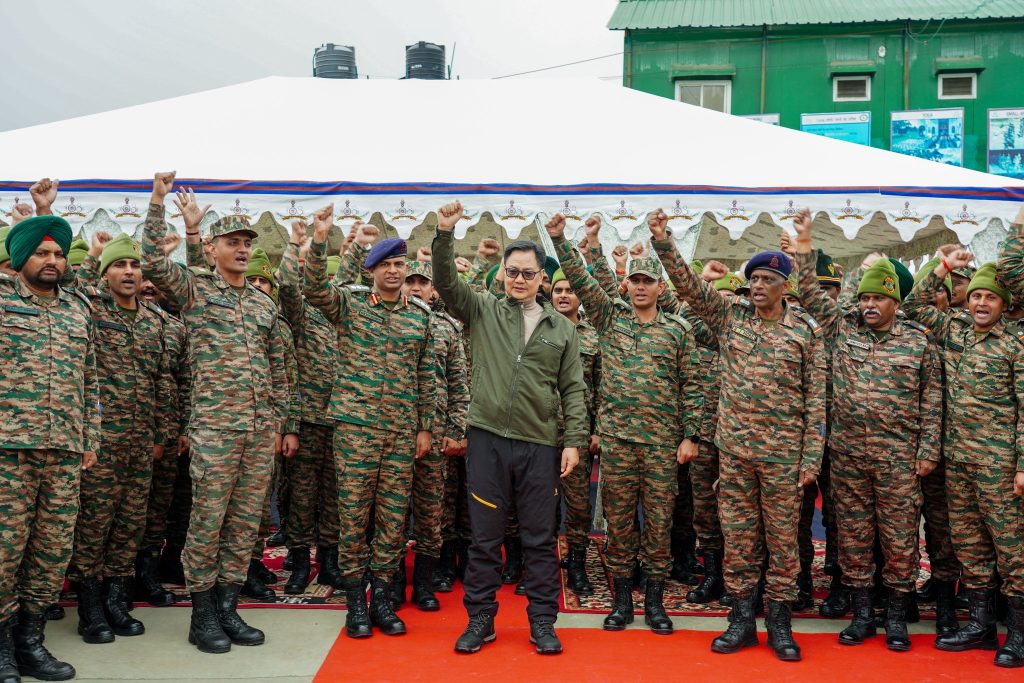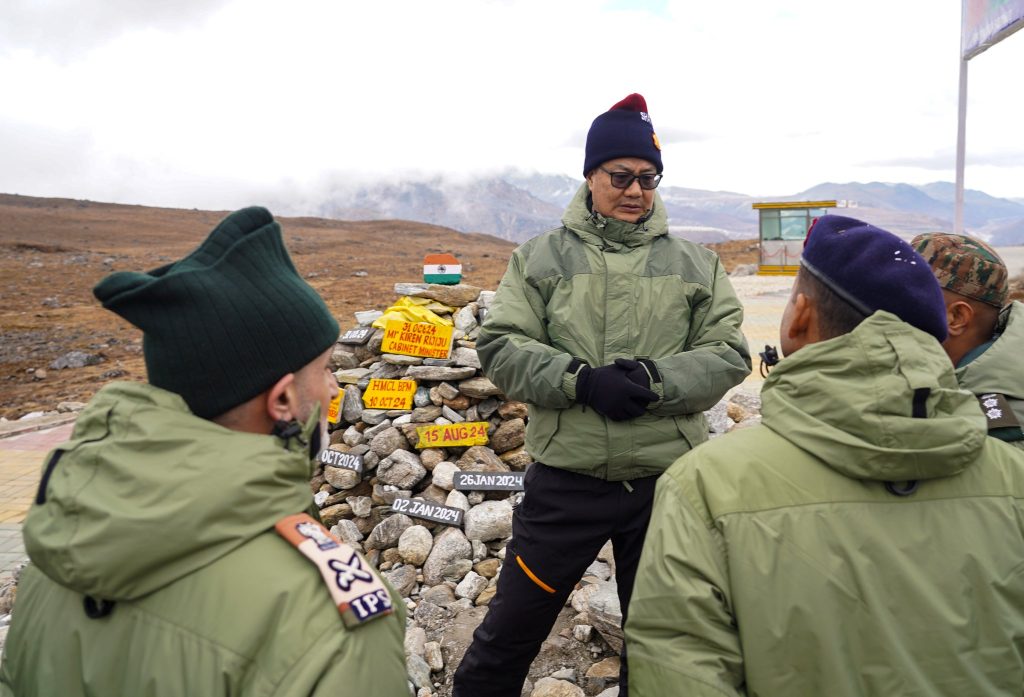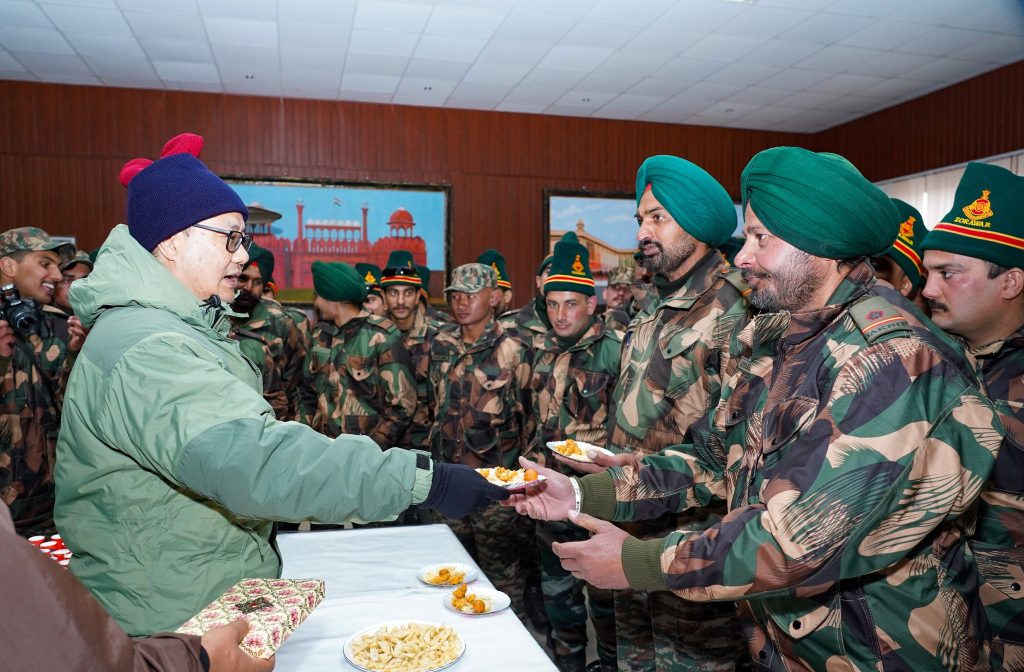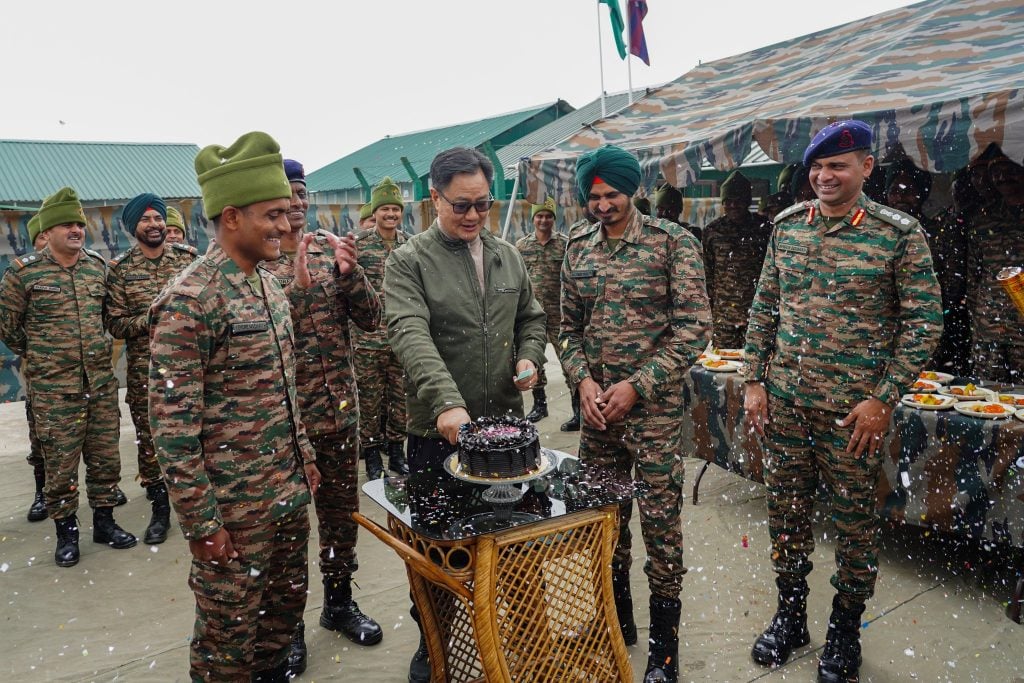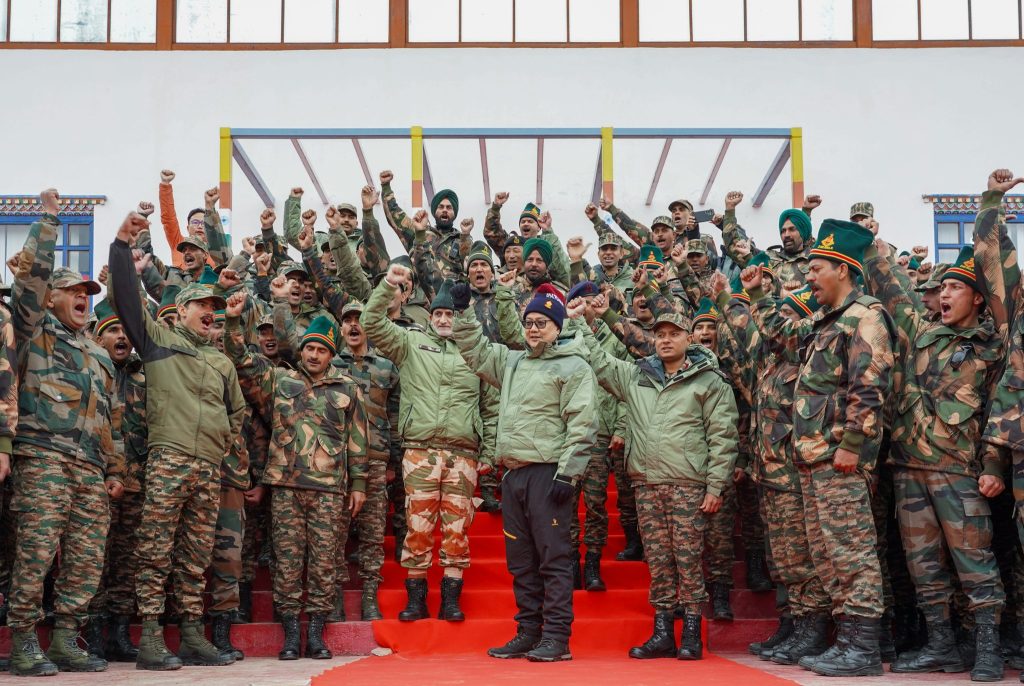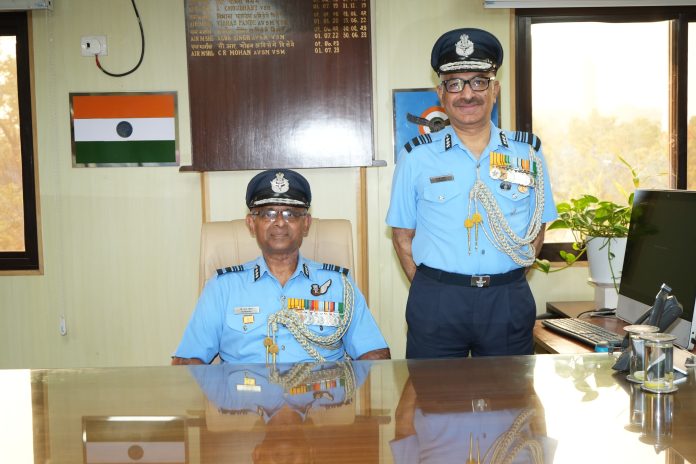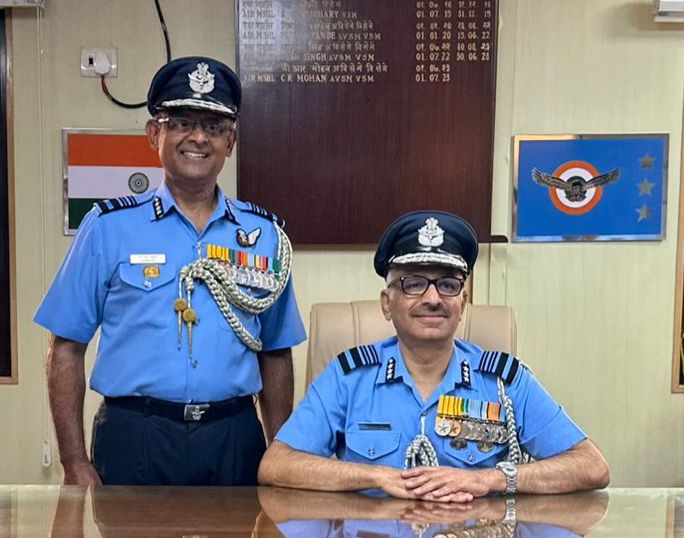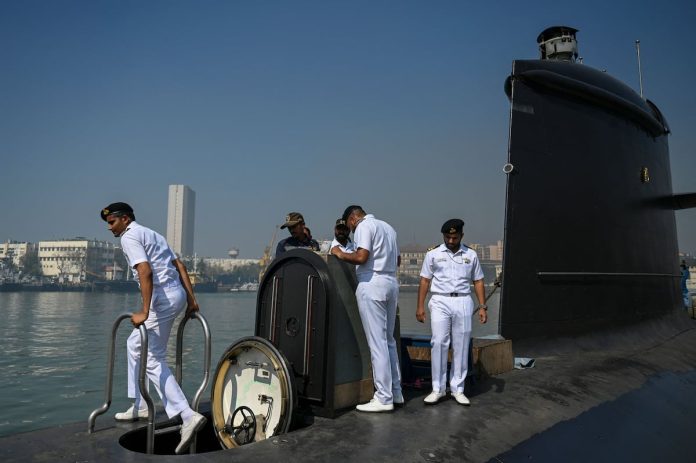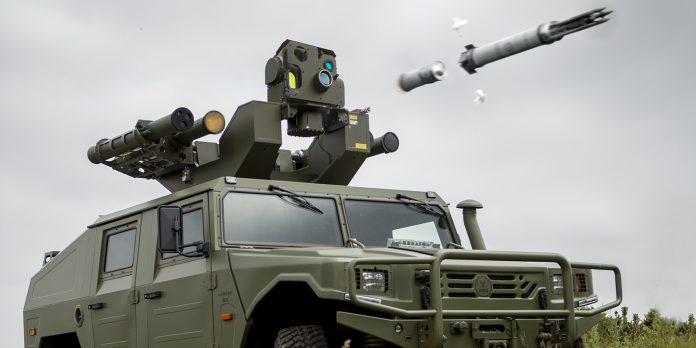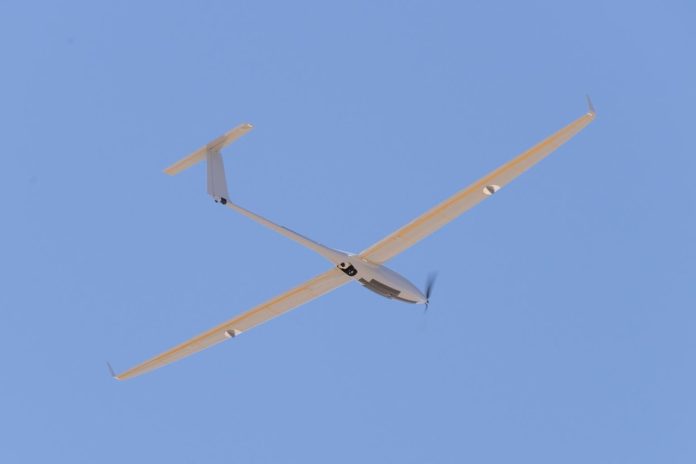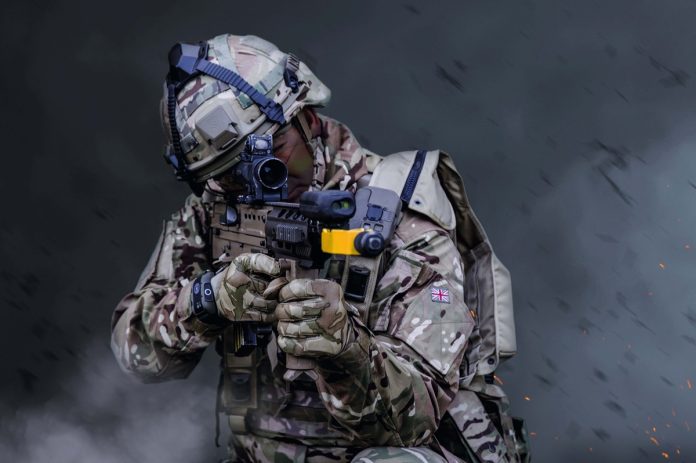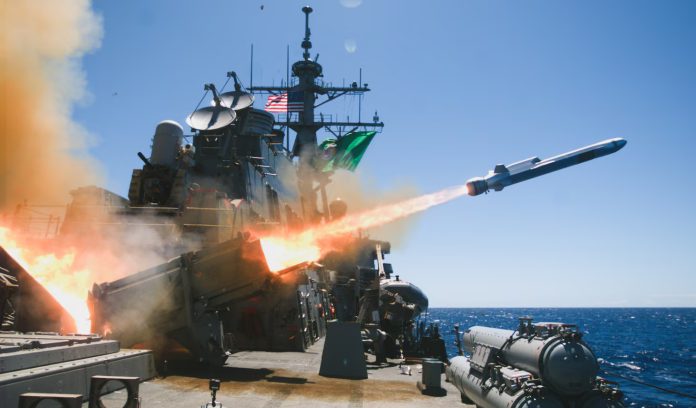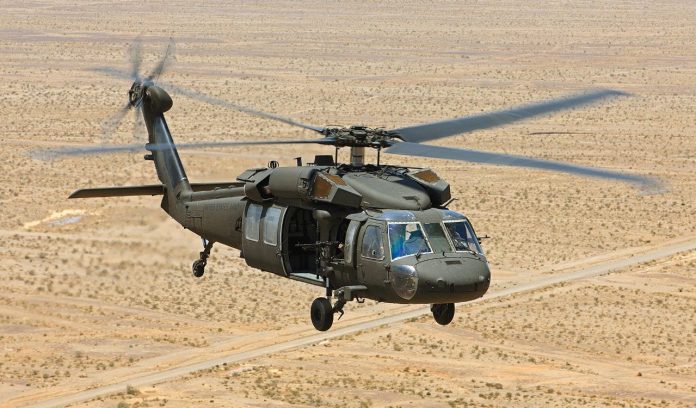In the scenic Sahyadri hills, INS Shivaji hosted the first-ever Camp Agnipath and Camp Aakraman from October 24 to 27, 2024, as part of the Indian Navy’s initiative to enhance the physical and mental resilience of trainee sailors.
These rigorous camps brought together 296 trainees from the Indian Navy and First Fleet Command (FFC) for an intensive schedule designed to build esprit de corps, stamina, and strength, aligning with the Navy’s commitment to Excellence in Training.
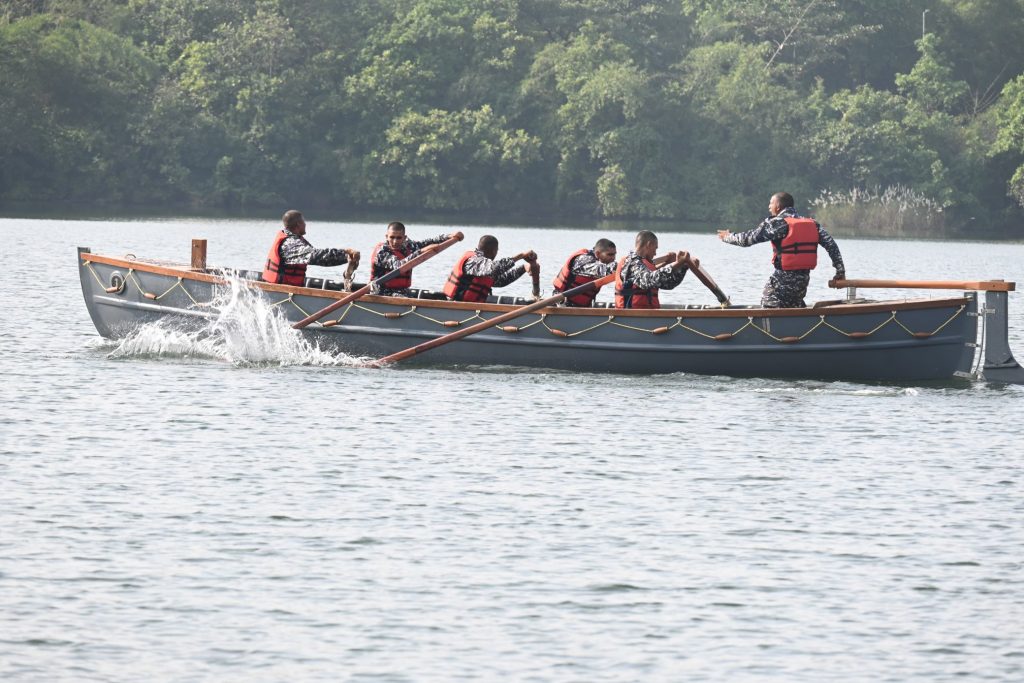
The training camps were structured to emphasize team-building, fostering a sense of unity and purpose among the participants. Set against the backdrop of the Sahyadri hills, Camp Agnipath and Camp Aakraman offered a challenging environment, pushing the trainees to their limits with drills, obstacle courses, and field training exercises.
The physically demanding routines also reinforced essential skills for operational readiness and resilience, laying a strong foundation for the sailors’ careers.
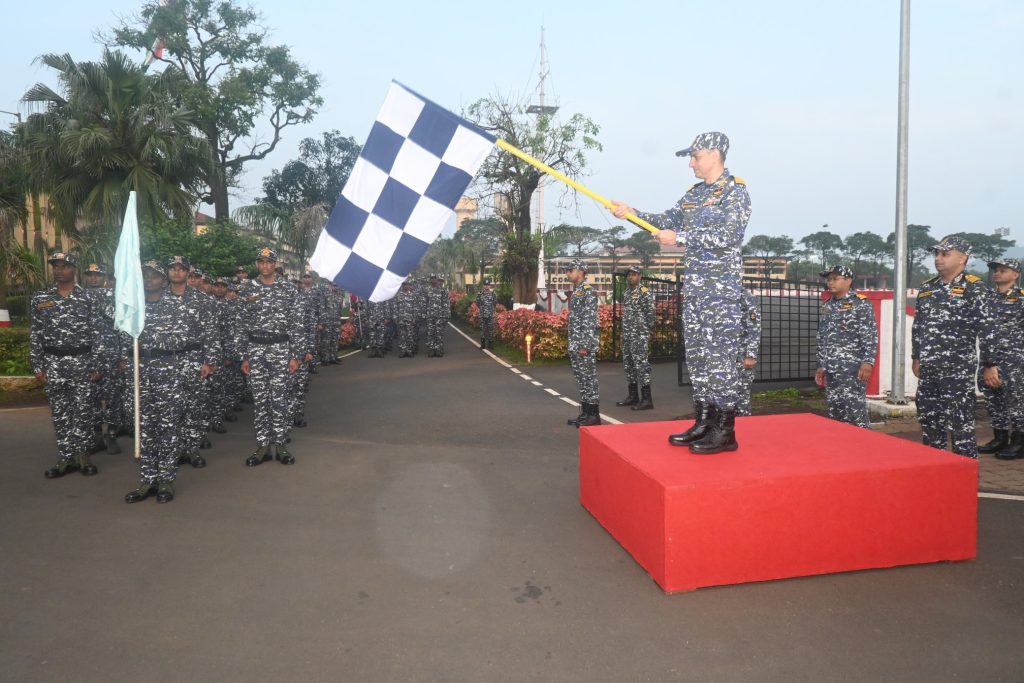
Commanding officers at INS Shivaji emphasized the importance of such initiatives, noting that they are integral to instilling discipline, fostering camaraderie, and reinforcing the physical conditioning necessary for the demanding life at sea.
These maiden camps represent the Indian Navy’s dedication to continuous improvement in training methodologies, preparing sailors for diverse and challenging scenarios.
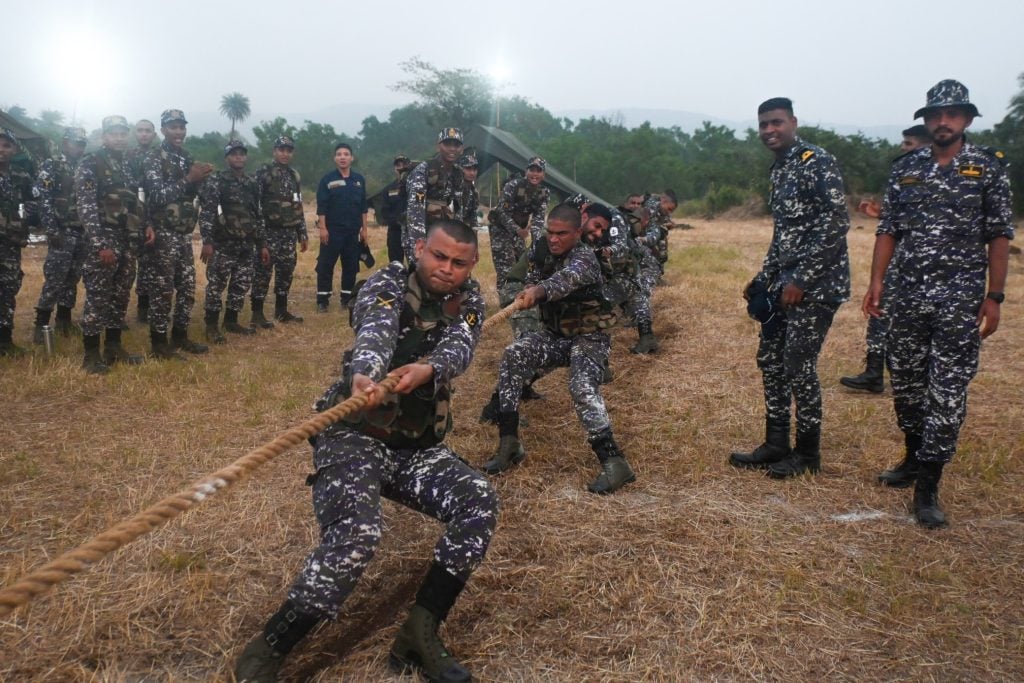
The success of Camp Agnipath and Camp Aakraman underscores the Indian Navy’s mission to cultivate excellence, unity, and endurance within its ranks. The camps are expected to set a precedent for future training events, reflecting the Navy’s ongoing commitment to preparing sailors for both the physical demands and mental rigors of naval service.

